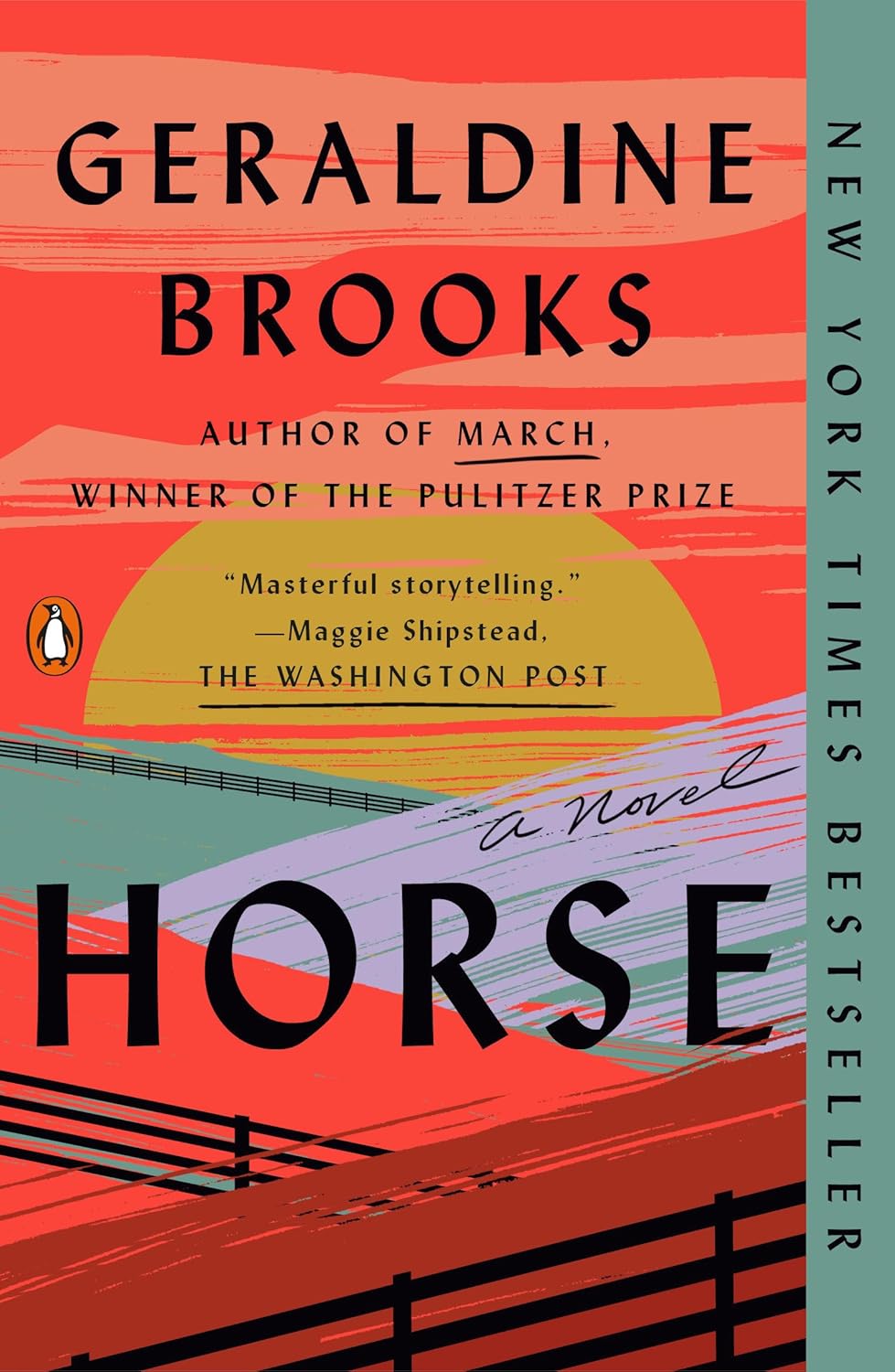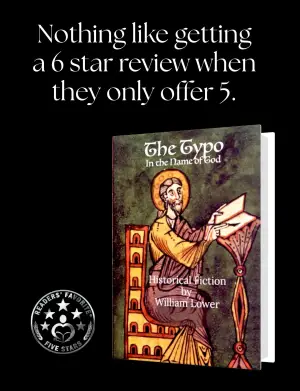Review of Horse by Geraldine Brooks
As a passionate reader with a love for historical fiction, I was immediately drawn to Horse by Geraldine Brooks. The blending of race, art, and the remarkable true story of the thoroughbred Lexington piqued my curiosity, and I couldn’t resist diving into this narrative. I have always appreciated books that explore deeper societal issues through engaging storytelling, and Brooks promises that very interplay.
One of the most commendable aspects of Horse is its intricate narrative that spans from Kentucky in the 1850s, through the 1950s, and into 2019. This chronological leap showcases how Brooks expertly weaves these timelines together, revealing how past injustices continue to echo into the present. The character of Jarret, an enslaved groom, forms a profound connection with the racehorse Lexington, which highlights both the beauty and cruelty of that era. Jill Becker captures this sentiment well, noting how the story expertly navigates through contemporary and historical times without revealing too much too early.
I also appreciated Brooks’ commitment to highlighting not just the persona of the racehorse but the complexity of the humanity surrounding him. The emotional weight of the characters and their struggles, especially concerning race, is explored with depth. The character development is rich, and it’s easy to become invested in their journeys. For instance, the chemical bond between Jarret and Lexington, as well as the modern scientific intrigue surrounding the horse’s skeleton, provide a multifaceted look at how intertwined our histories can be.
Yet, while the positives are abundant, Horse is not without its drawbacks. A few readers, including Alexandra S. Morgan, have pointed out that the structure of the dual timelines could become confusing at points. I found this to be partly true; while the story overall is engaging, the shifts between time periods sometimes felt abrupt, momentarily pulling me out of the immersive world Brooks had created. A little more finesse in transitioning might have enhanced the reading experience further.
Additionally, some readers expressed discomfort with the political undertones throughout the novel. While I appreciate the relevance of discussing race and injustice, I can see how others might prefer a narrative that espouses historical fiction primarily for entertainment without the intrusion of contemporary sociopolitical reflections. This concern mirrored my feelings during some intense passages—a balancing act, for sure.
That said, this book is well-researched and blends its historical narrative into a compelling story seamlessly, which is a credit to Brooks’ writing style. Many customers have mentioned that it reads like a thrilling novel rather than a mere history lesson, a sentiment I wholeheartedly agree with. The vivid imagery and emotional depth envelop the reader, making it difficult to set aside. You inadvertently find yourself studying horse training and the racing industry—even if you’re not an equestrian enthusiast. Brooks takes a subject matter that could’ve been dry and transforms it into an exhilarating experience.
Overall, I found Horse to be a touching read that forcefully weaves art and science into a gripping narrative about race, obsession, love, and our ongoing reckoning with history. I can certainly understand why it has won multiple literary awards and has been nominated for accolades such as the Chautauqua Prize. It left me pondering long after I closed the book, which is the hallmark of a great read.
In conclusion, I would recommend Horse to anyone who relishes a well-crafted historical narrative that encapsulates both heart and education. Though it has a few structural rough edges and touches on complex themes that may not sit well with all, the story’s depth, emotional resonance, and rich historical detail make it a worthwhile read. If you have an interest in horses, American history, or poignant stories of humanity, you’ll find a lot to appreciate in this novel. I rate it a solid 4.5 out of 5 stars.








